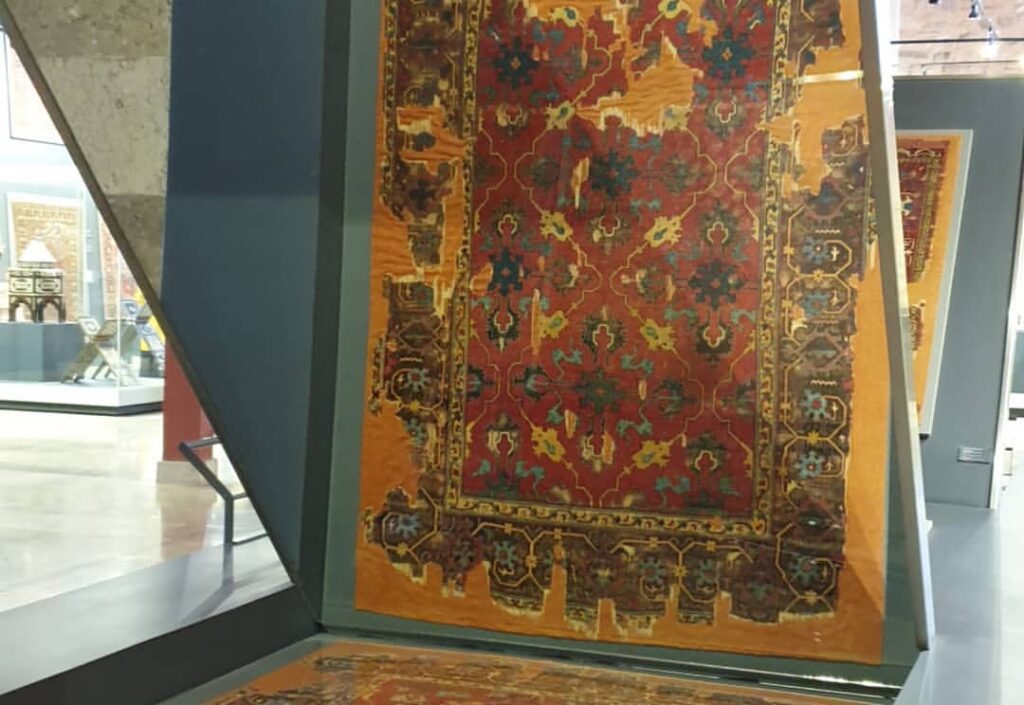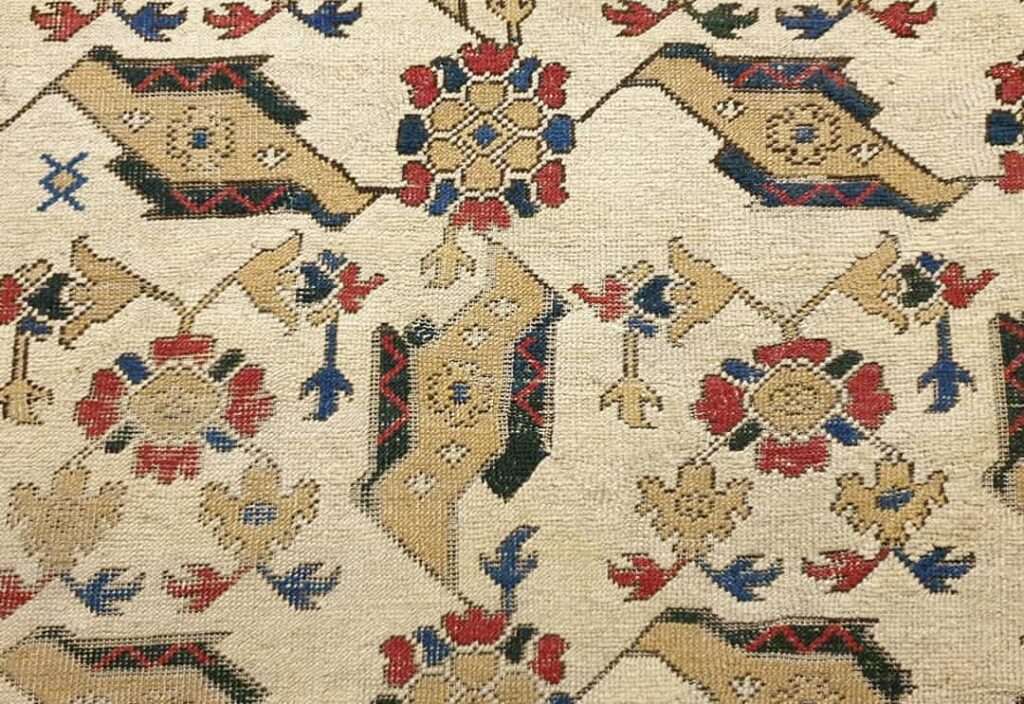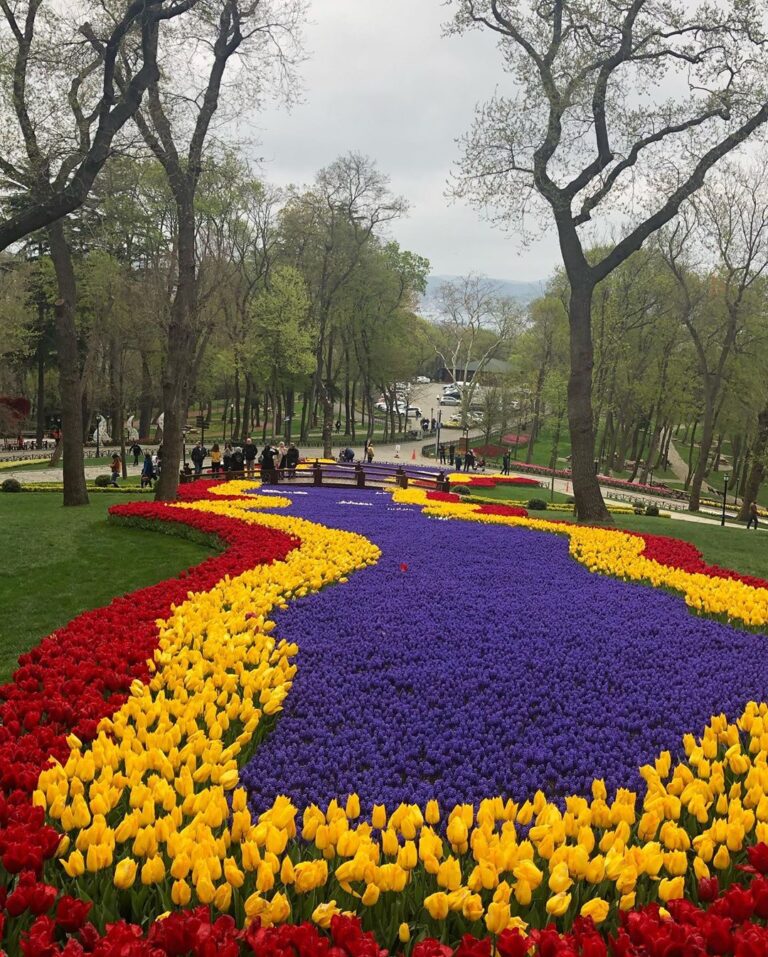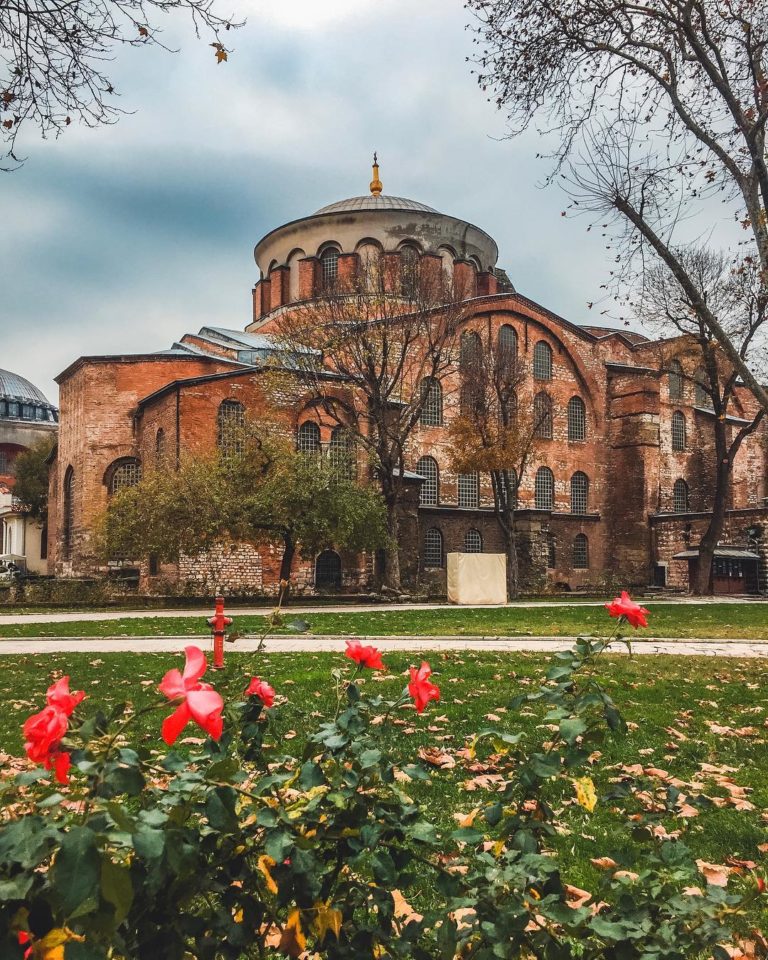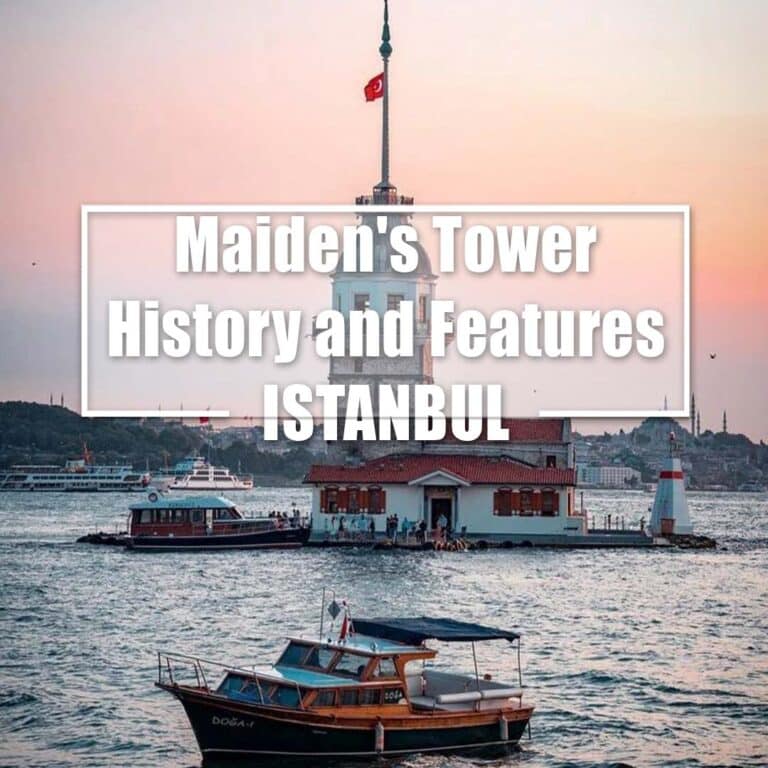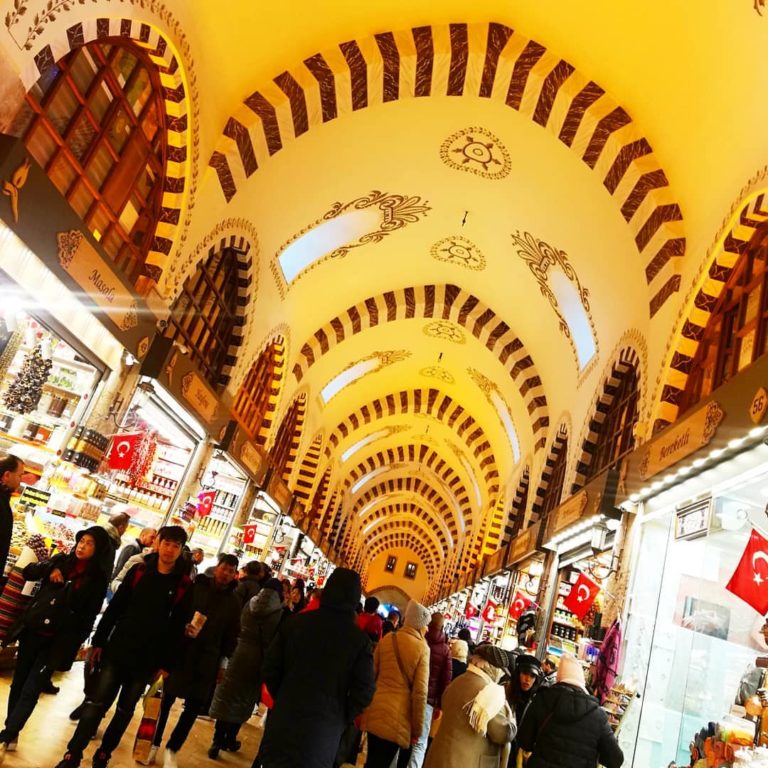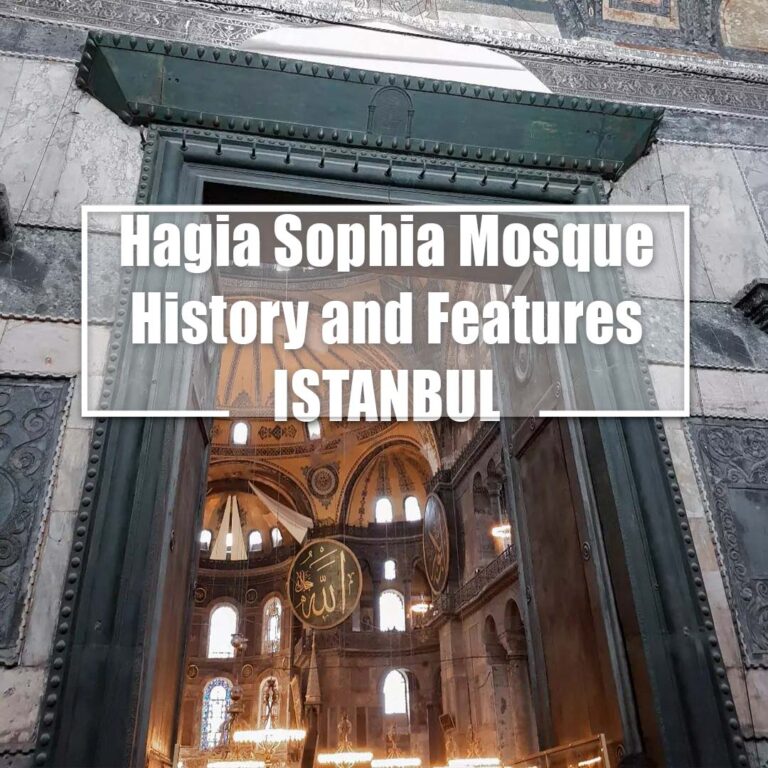Museum of Turkish and Islamic Arts | Visiting Hours and Entrance Fee
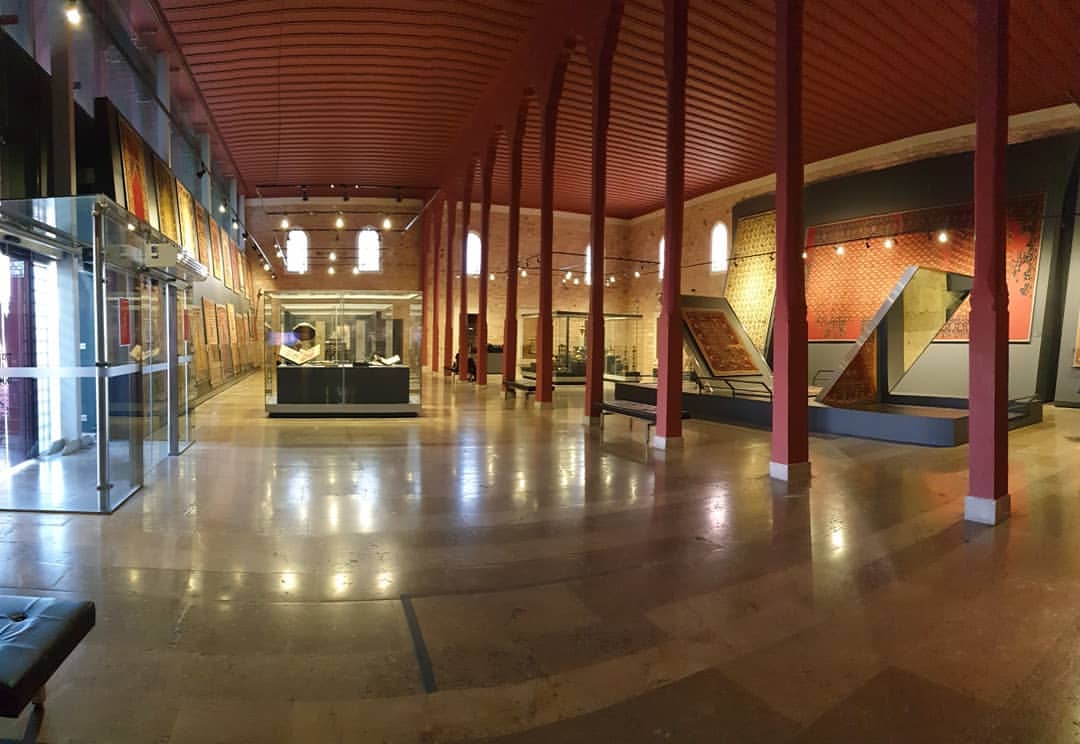
As the name implies, the Museum of Turkish and Islamic Art has the distinction of being the first Turkish museum in which Turkish and Islamic works of art are exhibited collectively. When you take a day of the week and discover it, you will be more informed about an important place in Istanbul and you will have time for yourself.
Museum of Turkish and Islamic Arts General Information
The establishment of the museum dates back to the 19th century. The museum, whose construction was completed in 1913, began to serve under the name of Islamic Foundations Museum (Evkaf-ı İslamiye Museum) in the imaret building within the Süleymaniye Mosque Complex. After the proclamation of the Republic, it took its present name (Museum of Turkish and Islamic Arts).
In 1983, the museum was moved from the Suleymaniye Imaret Building to the present-day İbrahim Paşa Palace. The palace was severely repaired between 1966-83 and then the museum was moved here. After these developments, Ibrahim Pasha Palace was born again from its ashes.
The Museum of Turkish and Islamic Arts has also been awarded several prizes. In 1984, he was awarded the Special Jury Prize at the Council of Europe Museum of the Year Competition and in 1985 he was awarded with the European Council – UNESCO partnership for his efforts to make children love their cultural heritage. The museum, which succeeds to reflect almost every period of the Islamic world thanks to its more than 40 thousand works, is shown as one of the few museums of the world.
Sections in the Museum – Places to Visit
Carpet Department: The museum, which is said to have the richest carpet collection in the world, has been called as ‘Carpet Museum boyunca for many years. From the Seljuk carpets, which are rarely found in the world, to the 15th century prayer rugs and animal motif carpets, the carpets with geometric patterns that are produced in Anatolian lands between the 15th and 17th centuries and which are called be Holbein Carpets dir are the most important works in this section. In addition to this, there are many varieties from Iranian carpets to Caucasian carpets in the museum. Those who do serious research on carpets must visit this museum.
Manuscripts and Calligraphy Department: Many of the works in this area, which spans a very broad century (7th-20th century), consist of the Holy Quran. Calligraphy is a few of the unique works of art found in this section. Apart from the Holy Qur’an, there are several interesting books. The edicts, tuğras, Turkish and Iranian miniature manuscripts from the Ottoman period are in this museum, which adds a special importance here.
Department of Wood Works: The most important works in this section are examples of Anatolian wood art dating from the 9th-10th century. In addition to the unique works of Seljuks and other principalities, various works of art from the Ottoman period including mother-of-pearl, ivory, vineyard embroidered, Quran-guards, rahs and many more are exhibited in this section.
Department of Stone Art: The motifs and written stone works from the Umayyad to the Ottomans were collected under the roof of the museum. Gravestones with creatures such as sphenks, griphon, dragons and various inscriptions were collected in the Stone Art Department and presented to the visitors.
Pottery and Glass Department: The most important of the pottery found in the 1910s; They are sourced from Raqqa, Tel Aleppo, Kashan. Mosaic, mihrab and plaster ornaments from Seljuks and other principalities are exhibited in this section. The latest examples are Kütahya and Çanakkale ceramics from recent history.
Department of Mining Art: Mortars, ewers, mirrors and various dirhams from the Seljuk Period are exhibited in the Department of Mining Art. The artifacts from the Ottoman Period; silver, brass, oil lamps, tombak, gulabdan, basin, ewer and incense burners.
Ethnography Department: Ethnography Department, which is a younger department compared to other departments, exhibits recent works such as carpet – rug looms, wool dyeing techniques, examples of embroidery art, household items, nomad tents collected from various regions of Anatolia.
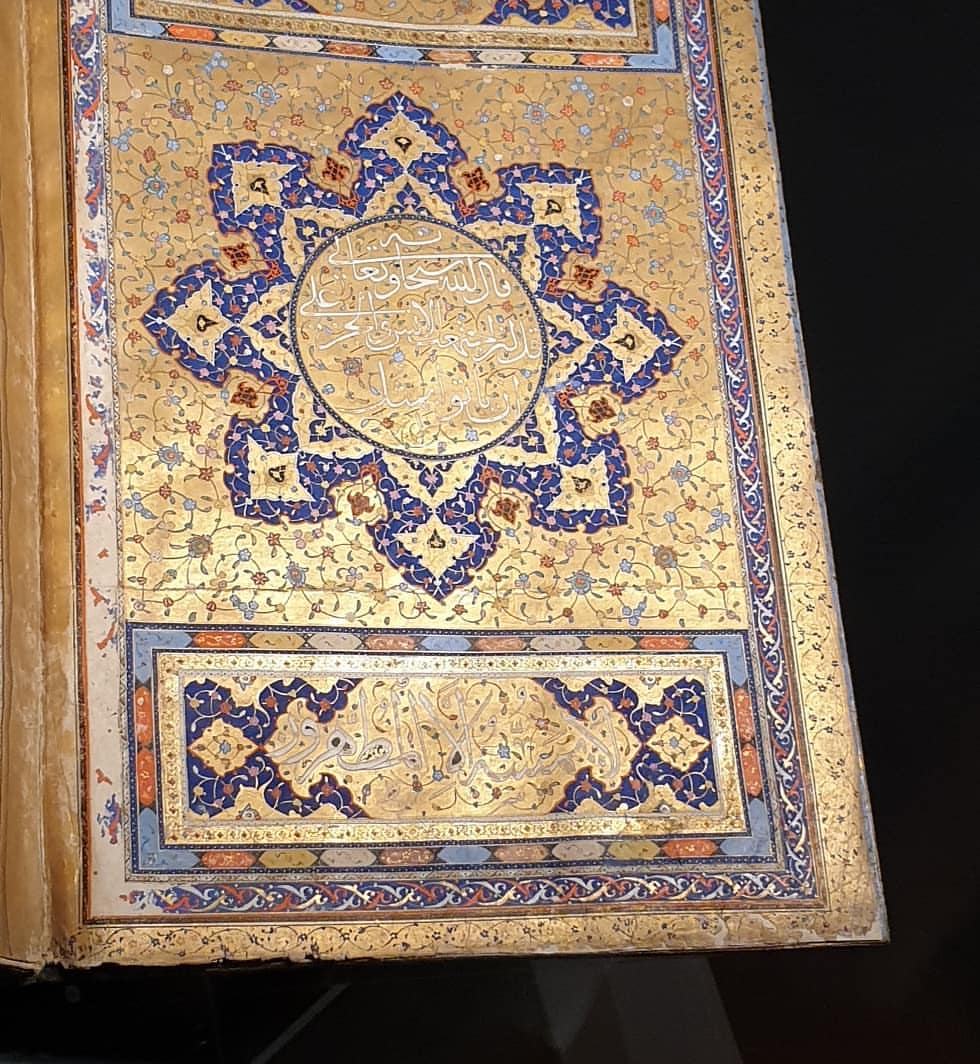
Museum of Turkish and Islamic Arts Visiting Hours and 2020 Entrance Fee
You can visit the museum from 09.00 to 18.30 on other days except Mondays.
The entrance fee: 50 Turkish Liras
Where to go to Turkish and Islamic Arts Museum
Address: Sultanahmet Mh. Square St. No: 46 34122 Fatih / Istanbul
Phone: 0212 518 1805
There are different alternatives to reach the museum.
The public transport you can use to reach the Museum of Turkish and Islamic Arts is:
*To go using the bus, you need to get off at CATLADIKAPI Bus Station. The average distance from the station to the museum is 450 – 500 meters. Buses that stop at the station are:
*B2 – HAYDARPASA – GEBZE
*1453 – MINIATURK – PANORAMA
*BN1 – HALKALI – EMINONU
*BN2 – KUCUKCEKMECE – EMINONNE
*Another alternative is to use the tram line. After you get off at Sultanahmet Train Stop, the distance to walk to the museum is 200 – 250 meters.
*T1 – ZEYTINEBURNU – KABATAS
*Another alternative is to go by train. After you get off at Cankurtaran Train Station, the distance you need to walk to reach the museum is 700 – 750 meters.
*B1 – SİRKECİ – HALKALI
*Another alternative is using the subway. After landing at Marmaray Sirkeci Station, the distance you need to walk is 1.2 km.
*M5 – KAZLICESME – SOGUTLUCESME

